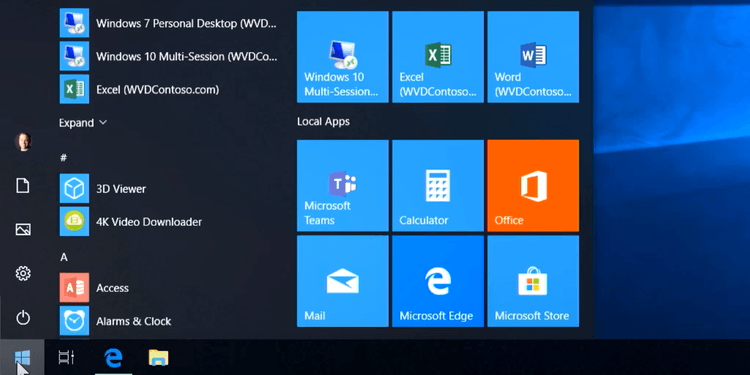When it comes to using Java for building smart applications, you must have come across something called design patterns. The J2EE design patterns make it possible for the developer working on a project to make use of the collective knowledge and experience of the Java developer community so that problems can be resolved by fast solutions. The design pattern should grasp the definition and context of the specific issue and come up with the solution and its aftermath. Design patterns are mainly of two types according to the purposes and requirements of the J2EE application architecture. These include design patterns for general software development and the ones used for identifying the specific J2EE challenges.
The design patterns can detect and identify the potential problems faced while working with different J2EE-specified technologies so that developers can construct the requirements of the application architecture. The J2EE-based design patterns can detect a minimal set of standard problems which should be solved by the application architecture. The design patterns for general software development are meant for guiding the whole architecture construction.
Here are the top 5 useful J2EE design patterns that can be used for custom J2ee development.
Post Contents
MVC Pattern
The MVC Pattern is a widely used pattern that focuses on the Model-View-Controller system. The Models are actually POJO’s or objects that are used as models or blueprints for the objects that are going to be used in a particular application. The Views are the presentational aspects of information and data located in these models. The function of the Controllers is to manage and control both the Model and the View and serve as a vital connection between these two. The controllers help to update, instantiate and delete the models, present them with vital information as well as send data to views so that they can be shown to end-users.
Composite Entity Pattern
The Composite Entity pattern basically shows a detailed graph of objects that can cause all dependent entities presented within the graph to get an update while the main graph is updated.
The companies offering Java development solutions use Composite Entity Pattern when it needs to be implemented in EJB or Enterprise JavaBeans. Since EJB is not really that popular, it has now been replaced by numerous other tools and frameworks.
Business Delegate Pattern
The role of the Business Delegate pattern is to effectively detach the presentation layer from the business layer so that the requests between client presentation and business tiers can be minimized.
Front Controller Pattern
The Front Controller pattern is the very first controller that grasps a request after it has been sent. It then decides on the best controller to address the requirements of the request and then passes the request to it.
Data Access Object Pattern
The Data Access Object pattern can be described as a pattern where the objects are used for communication with Data Layer. Such objects typically instantiate the “SessionFactories” to meet this goal and they can manage the logic behind establishing communication with the database.
These are some of the major J2EE design patterns that are used these days. So when you choose to hire J2ee developers, make sure that they are knowledgeable about them.
About the Author :
Manoj Rawat, a Growth Hacker, Ideator, Innovator, techy and an experienced SEO, SMM and Marketing Consultant with over 8 years of IT experience. He loves to share technology trends, marketing tips & strategies among online communities. He is an avid sportsperson, traveler, & nature lover.
Read More: khatrimazafull, khatrimaza









